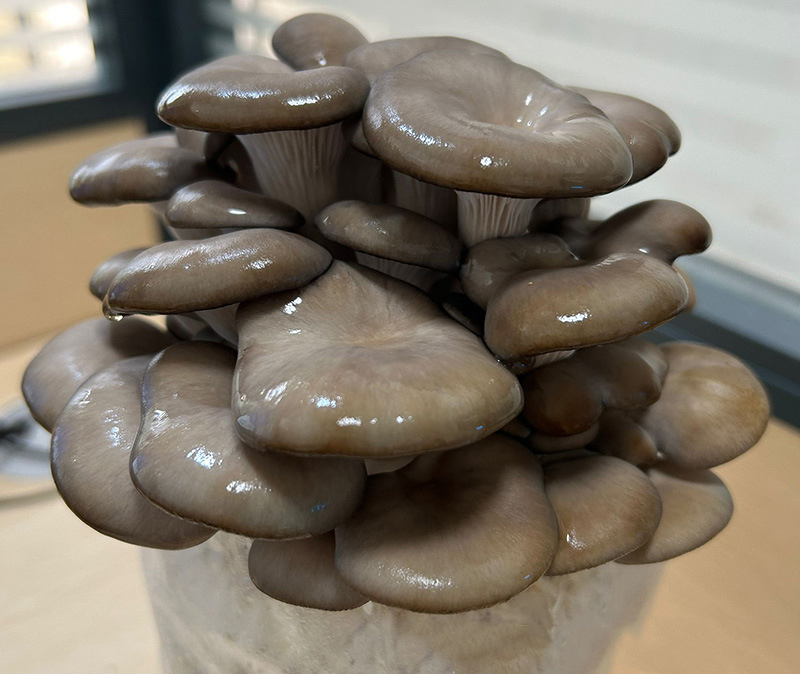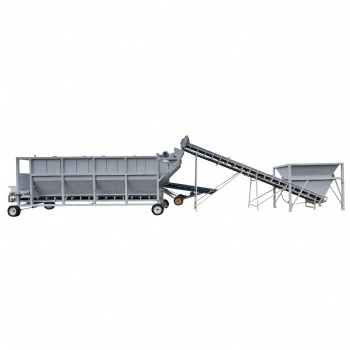News
Key Environmental Conditions for Oyster Mushroom Growth and Development
Key Environmental Conditions for Oyster Mushroom Growth and Development
NutritionOyster mushrooms can utilize a wide range of nutrients, including woody plant residues and fibrous plant residues. Common materials for artificial cultivation include cotton waste, cottonseed hulls, corn cobs, cotton stalks, and soybean stalks, which yield higher production. Other agricultural and forestry waste, such as sawdust, rice straw, wheat straw, and corn cobs, can also be used.

TemperatureDifferent species of oyster mushrooms require varying temperature ranges for optimal mycelial growth.
Most varieties grow within 5–35℃, with an optimal range of 20–30℃.
Low- and medium-temperature varieties thrive at 24–26℃.
Medium- to high-temperature and broad-temperature varieties grow best at around 28℃.
Phoenix oyster mushrooms grow optimally at 25–27℃.
Humidity
Mycelial Growth: The optimal substrate moisture content is 60–65%. Lower moisture slows growth and delays mushroom production. Excessive moisture in raw substrate cultivation reduces aeration, slows growth, and fosters bacteria or mold growth.
Fruiting: Substrate moisture of 70–75% is ideal, with relative atmospheric humidity at 85–95% promoting robust fruiting body growth. Below 80%, mushroom caps may dry or crack, while prolonged humidity above 95% may cause rotting. In raw substrate cultivation, a slightly dry inoculation phase followed by hydration during fruiting ensures healthy growth.
AirOyster mushrooms are aerobic fungi. Mycelial growth can occur under plastic film covers or in sealed spawn bottles. Moderate carbon dioxide levels can stimulate mycelial growth. However, fruiting body development and differentiation require ample oxygen, as excessive carbon dioxide is harmful. High carbon dioxide levels may hinder fruiting body formation, lead to abnormal differentiation, or cause deformed mushrooms with large stems and small caps.
LightMycelial growth does not require light, and light may even inhibit it. Therefore, darkness or weak light is ideal during the inoculation phase. However, light is crucial for fruiting body formation and growth, particularly during primordium formation. Light intensity also affects the color and stem length of the fruiting bodies. Strong light results in darker-colored, shorter, and thicker fruiting bodies of better quality, while insufficient light produces pale, longer-stemmed, and thinner fruiting bodies of lower quality. Adequate lighting during cultivation is essential for optimal results.
Categories
Contact Us
- +86 15093267083
- +86 15093267083
- amy@zzbelead.com
- +8615093267083




